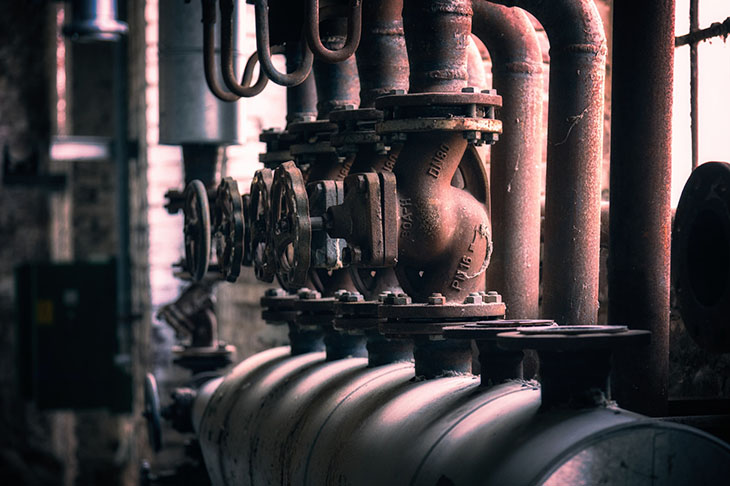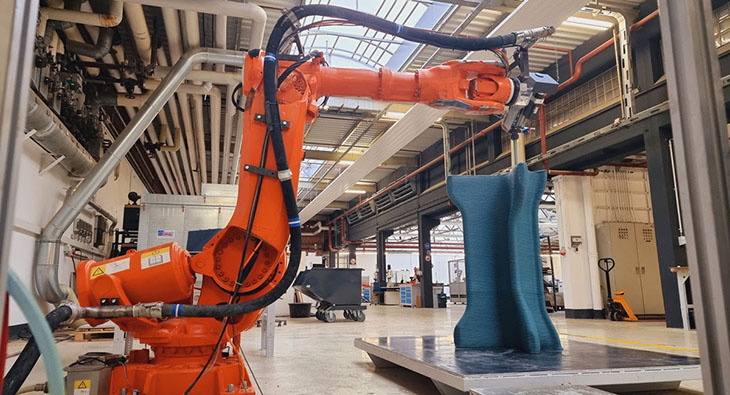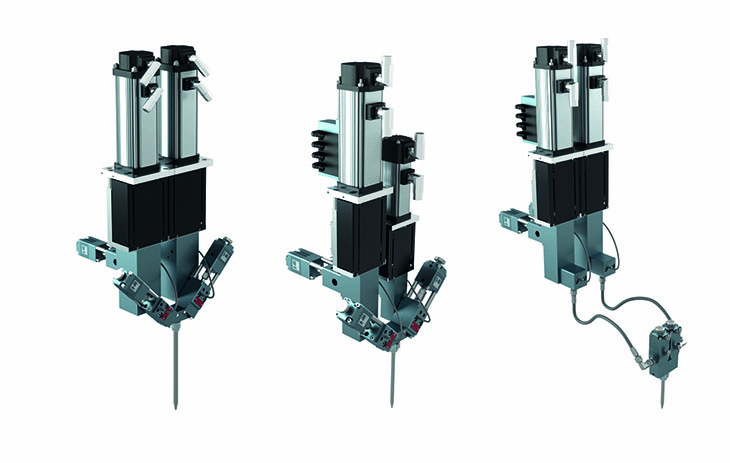Performing cooling tower spring maintenance is a smart and proactive way to increase the chances that the equipment will work as expected through the summer. Here are some specific steps to take.
Clean the Cooling Tower and Fill Media
Cleaning the cooling tower and its fill material are good early steps to take for spring maintenance. Before getting started, you should always shut down the cooling tower’s fans and have maintenance workers don protective gear. Specialized vacuums work well for cleaning the floor of the tower’s hot water basin and getting rid of the sludge. After cleaning the basin, ensure the cooling tower has the appropriate amount of water remaining and add more if necessary.
Then, turn your attention to the fill media, which is where the primary heat exchange occurs. Using chemicals for cleaning during normal operations typically prevents severe or sudden issues, including scaling and fouling. People may find that the fill medium becomes fouled to the point of requiring replacement, however.
A high-efficiency fill could become 10 times heavier than its starting weight due to severe fouling. That issue could cause it to collapse into the sump if not caught early enough. Applying a product to descale the fill media is the first step of preparing it for cleaning. People can then take a clearer assessment of its overall state.
Deciding to replace the fill media or clean it is not always straightforward. The best course of action depends on aspects such as what caused the fouling and the extent of the problem. After cleaning the cooling tower for spring, people should schedule a future date for the next cleaning. These cleaning-based maintenance measures should ideally happen twice a year.
Perform Water Quality Tests
Water testing should not solely occur during cooling tower spring maintenance. However, carrying out the required tests during this season can help people get into a useful routine for the foreseeable future.
The specifics vary depending on the cooling tower’s location. New York requires people to take and record several water quality aspects three times per week. Plus, they must take weekly measurements of microbiological levels during all periods that the cooling tower operates.
Regardless of what state laws mandate, the people who check water quality must ensure that the samples represent the system as a whole. Moreover, they must be aware of how improper handling or other mistakes made during the test could cause inaccurate, and therefore unreliable, results.
The best way to get a representative sample is to flush the sample line before extracting the specimen. Doing that will eliminate impurities or chemical concentrations within it that could give false results. It’s also necessary to check for abnormalities such as cloudiness, a strong smell or signs of a clogged sample line.
Schedule Reminders to Check the Cooling Tower Monthly
Having a thorough plan for cooling tower spring maintenance can become useless if people entirely overlook maintenance after that initial seasonal push. Technicians should inspect the cooling tower at least monthly to get a handle on how often and when they need cleaning again. Failing to do that could help bacteria such as legionella thrive.
Many manufacturers collect real-time data that determines when it’s time for predictive maintenance. People could also apply that approach to cooling tower maintenance, getting alerts about things they’d otherwise miss. Some Internet of Things (IoT) products for cooling towers and similar equipment measure pipe and water temperatures, cutting the risk of rampant bacteria growth.
IoT solutions do not remove the need for monthly inspections. However, they could help people stay aware of issues that crop up between those checks, letting them address them sooner.
Verify Safe Access to the Cooling Tower
Something that often gets overlooked during cooling tower spring maintenance is the need to check that maintenance professionals have safe access throughout the summer season. If people perceive that the cooling tower is too hard to reach for any reason, they may delay, and eventually stop, maintenance measures.
Firstly, cooling tower upkeep usually requires people to work at a height. That means safe access extends to having fall protection devices available for maintenance team members to use.
It also includes assessing any components that facilitate reaching the cooling tower. Those could include platforms, stairs, elevated walkways and crossovers. An inspection may reveal that current access measures are insufficient. In that case, modular systems are available that make it relatively straightforward to add a feature that improves accessibility.
Before making any changes to how people access the tower, ask those involved which factors currently make it unnecessarily cumbersome or dangerous to perform their maintenance duties. The feedback they give may reveal new insights that highlight the best ways to proceed.
Take a Spare Parts Inventory
Making a list of which spare parts are on hand for a cooling tower is a wise step to take when performing spring maintenance. Fans, nozzles and driveshafts are some of the vital components that help cooling towers function properly.
Checking which parts an organization currently has prevents issues of shortages or overstocks. Moreover, reviewing maintenance records can give clues of which spare parts might be needed when.
After figuring out where gaps exist in the parts on hand, people should spend time identifying the most reliable sources to get what they need. Characteristics such as being in business for many years or having lots of reviews from satisfied customers can indicate reputable companies.
Things like shipping costs and speeds can also help a person decide where to buy their spare cooling tower parts. It’s best to obtain these items before summer arrives. That way, maintenance teams can avoid scrambling to find parts during urgent situations.
Plan for Cooling Tower Spring Maintenance Today
Now is an excellent time to start reviewing and setting aside time for the maintenance your cooling tower needs before spring arrives. Getting these specifics ironed out now will increase the chances of the equipment running smoothly all season.
Emily Newton is an industrial journalist with over five years experience convering the manufacturing sector. As Editor-in-Chief of Revolutionized, she also covers trends in other industrials sectors, like logistics and engineering.
























